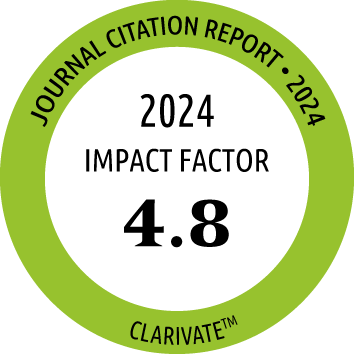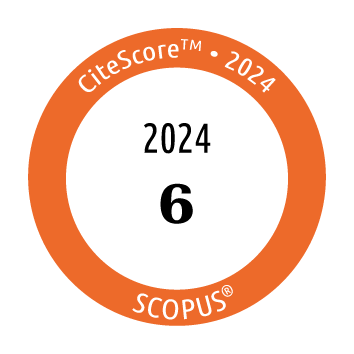| Return to Contents in this Issue | |||||||
|
Original Article |
|||||||
|
Inhibition of Cytokine-Induced Expression of T-Cell Cytokines by Antihistamines |
|||||||
|
MS Ashenager,1 T Grgela,1 Y Aragane,2 A Kawada1 |
|||||||
|
1 Department of Dermatology, Kinki
University School of Medicine, Osaka, Japan |
|||||||
|
J Investig Allergol Clin Immunol 2007; Vol. 17(1): 20-26 |
|||||||
|
|||||||
|
|
|||||||




